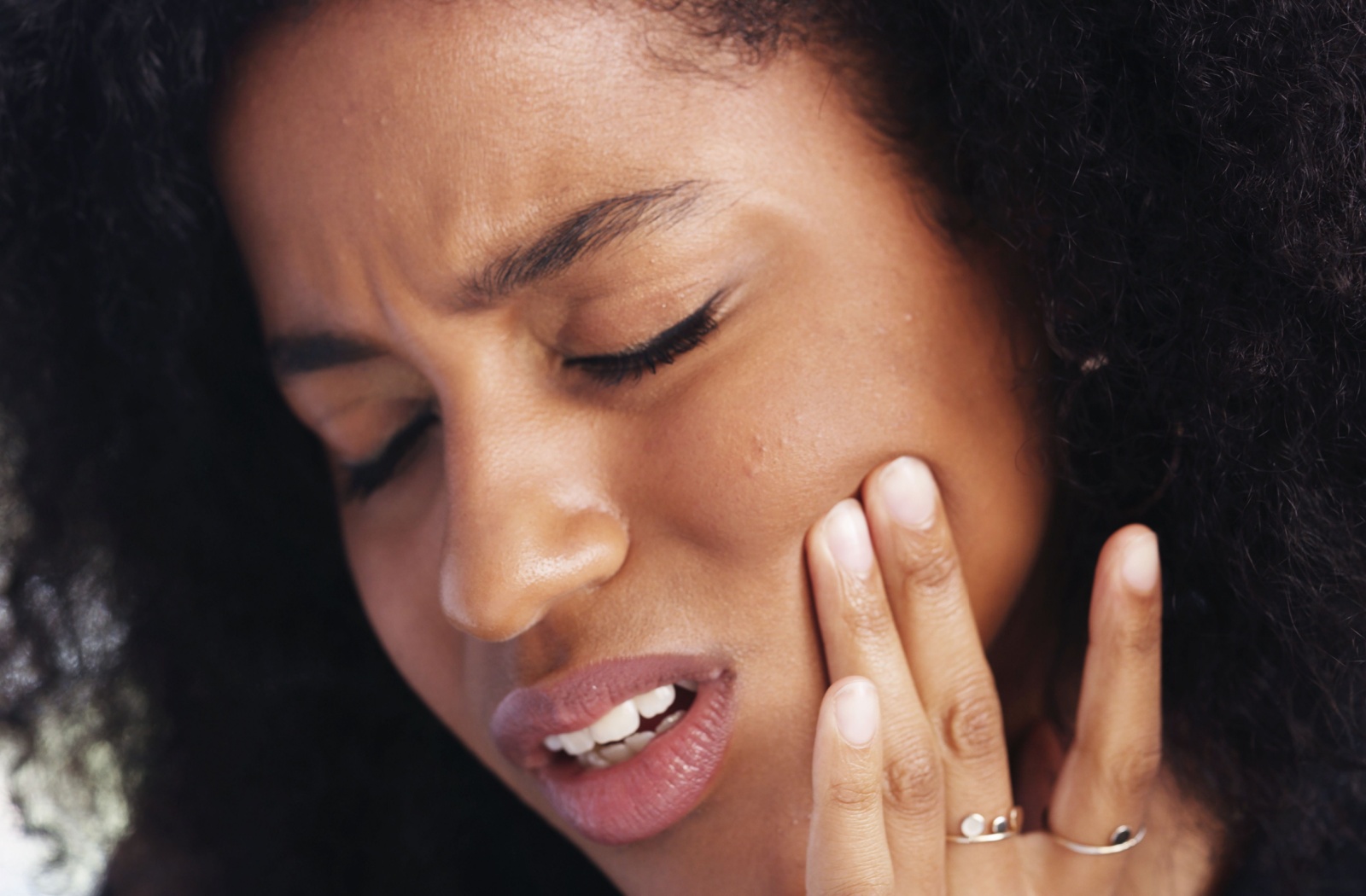Jaw pain can interrupt your day, making it hard to enjoy a meal or share a conversation with a friend. However, if you experience discomfort in your jaw, you’re not alone in seeking a solution. This common issue can be managed effectively with the right information and a patient-centered approach to wellness.
There are many ways to approach jaw discomfort, from simple at-home care to professional support. The good news is that, with the right techniques and a clear understanding of your symptoms, you can find relief from TMJ pain. This post explores what temporomandibular joint (TMJ) dysfunction is, its common signs, and different ways you can manage the discomfort, helping you understand what to expect from professional care.
What to Know About TMJ Dysfunction
The temporomandibular joint connects your jawbone to your skull on each side of your face. It acts like a sliding hinge, helping you to talk, chew, and yawn. When this joint has a problem, it’s known as TMJ dysfunction or TMD.
What Causes TMJ Pain?
The exact cause of TMJ pain can be different for everyone and sometimes hard to pinpoint. It may be linked to a combination of factors, such as stress or frequent teeth clenching (bruxism). Other potential causes include arthritis in the joint or a previous jaw injury.
Common Signs of a TMJ Problem
TMJ issues can show up in several forms. Pay attention to what your body is telling you.
- Pain or tenderness in your jaw, face, neck, or shoulders
- Aching pain in or around your ear
- Trouble chewing or discomfort while chewing
- Clicking, popping, or grinding sounds when you open or close your mouth
- Locking of the joint—which makes it hard to open or close your mouth
- Frequent headaches or a feeling of dizziness
At-Home Methods for TMJ Pain Relief
There are several techniques that you can try at home to help ease jaw tension and discomfort. These gentle methods focus on relaxing the muscles around your jaw joint. Consistency is often helpful when incorporating these into your routine.
1. Gentle Jaw Stretches & Exercises
Simple movements may help improve your jaw’s mobility and reduce tightness. Try applying gentle pressure to the area just under your cheekbone with your thumb while slowly opening your mouth. Another exercise involves opening your jaw, pushing it forward, and then closing with your lower teeth in front of your upper teeth.
2. Self-Massage Techniques You Can Try
Massage helps increase blood flow to the area and can reduce muscle tightness. Here are three techniques you can perform on yourself. Remember to use gentle but firm pressure.
- Kneading Massage: Use two or three fingers to apply gentle pressure to the muscle just behind your molars, below your cheekbone. Move your fingers in a circular motion to warm and relax the muscle.
- Friction Massage: Use your index finger to apply steady, gentle pressure to your lower jaw muscle—the area along your jawline. You can explore different spots to find where you feel the most tension.
- Stretching Massage: Place two thumbs above your lower jaw muscle and gently press down. This movement helps stretch the muscle away from your upper jaw.
3. Relaxation
Stress often leads to unconscious jaw clenching, which can make TMJ pain worse. If stress is a contributing factor, exploring ways to manage it can be beneficial, even if you are feeling anxious about seeking professional help. Taking a few minutes each day to focus on your breath can help your jaw muscles relax.
Other Pain Relief Options to Consider
Beyond exercises and massage, other simple adjustments in your daily life can make a difference. These approaches focus on reducing the amount of strain placed on your jaw joint. Small changes can lead to noticeable improvements over time.
4. Use Hot or Cold Packs
Applying a warm, moist cloth or a cold pack to the side of your face can offer temporary relief. Hold it against the area for about 10 minutes at a time. This may help with both pain and inflammation.
5. Switch to a Soft Food Diet
Give your jaw a rest by choosing softer foods that are easier to eat. Avoid hard, crunchy, or chewy foods that require a lot of effort to eat. You can also cut food into smaller pieces to reduce the effort needed to chew.

When At-Home Care Is Not Enough
If your pain continues despite trying these at-home remedies, it may be time to seek professional input. A trained professional can offer more targeted approaches for your specific needs. This step can provide clarity and a more structured plan for relief.
6. Neuromodulators for TMJ Pain Relief
If your muscle tension and jaw pain is persistent, neuromodulators can offer additional relief. These work by relaxing overactive muscles that contribute to clenching, grinding, or jaw tension. When injected into specific areas, neuromodulators can reduce the strain on the temporomandibular joint and alleviate associated discomfort.
Treatment is quick and minimally invasive, with results that typically develop over several days and can last for several months. Many patients notice a decrease in jaw tightness, fewer headaches, and an overall improvement in comfort and mobility.
7. What to Expect from a Professional TMJ Massage
A professional TMJ massage is more comprehensive than a self-massage, as it addresses the broader system of muscles. The practitioner may work on areas in your upper back, shoulders, chest, and neck that connect to your jaw. Treatment may also include intra-oral work—where a gloved practitioner massages muscles inside your mouth to release tension directly.
8. When to Talk to Your Dentist
If you have persistent jaw pain or you can’t open or close your jaw completely, it’s a good idea to discuss it with a dental professional. Your dentist in SW Calgary can evaluate your symptoms and identify potential causes. This can help create a treatment plan tailored to your needs.
Special Considerations for TMJ Pain
Finding what works for you is a journey toward greater comfort and well-being. By trying different techniques and listening to your body, you can take control of your jaw pain and get back to enjoying your life.
At Centennial Smiles, we believe in a total wellness experience that integrates your smile care with your overall facial wellness. Contact us to explore a personalized plan that helps you put your best face forward.


